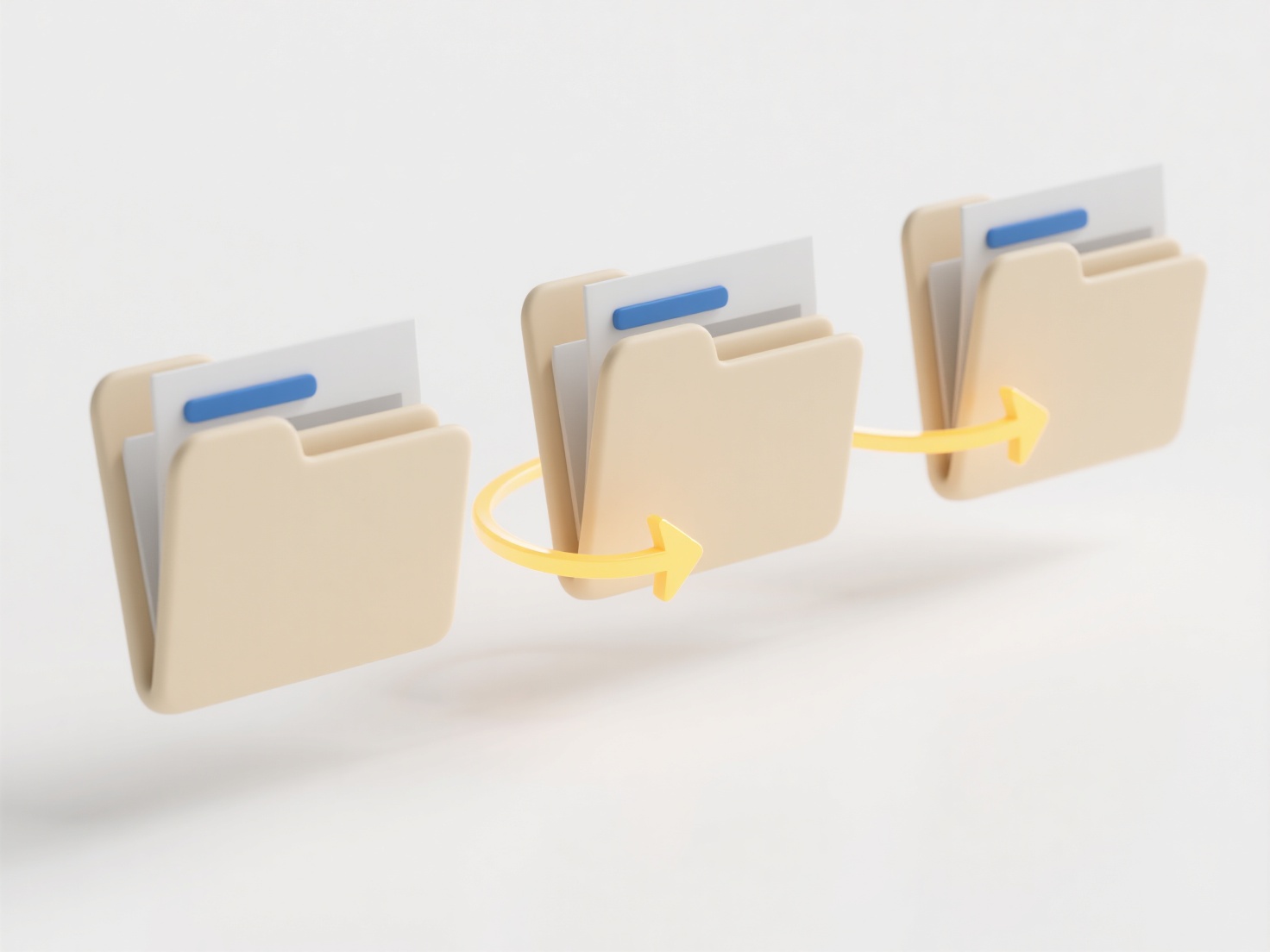
Renaming hundreds of scanned files efficiently involves using batch renaming tools instead of manual methods. These tools process multiple files at once based on user-defined rules, drastically cutting the time compared to individual renaming. Key differences include automation of sequential numbering, adding prefixes/suffixes (like dates or project codes), and using metadata from the scans themselves. The core idea is applying a consistent naming pattern automatically across all selected files.

Batch renaming is essential in document-heavy workflows. For instance, an accountant might rename hundreds of scanned invoices using a rule incorporating invoice number and client name, retrieved via OCR if needed. Libraries digitizing historical collections frequently use renaming tools to apply standard identifiers like "CollectionName_0001.pdf". Dedicated utilities (like AdvancedRenamer, Bulk Rename Utility) and software features (Adobe Bridge Explorer's renaming) handle this.
The major advantage is immense time savings and guaranteed naming consistency, crucial for searchability and record keeping. Limitations include potential errors if initial scans lack identifiable metadata, requiring careful rule setup and testing. While ethical concerns are minimal, proper renaming significantly improves data governance. Future developments involve deeper AI integration to extract naming information automatically from scanned content, further reducing manual effort.
How do I rename hundreds of scanned documents efficiently?
Renaming hundreds of scanned files efficiently involves using batch renaming tools instead of manual methods. These tools process multiple files at once based on user-defined rules, drastically cutting the time compared to individual renaming. Key differences include automation of sequential numbering, adding prefixes/suffixes (like dates or project codes), and using metadata from the scans themselves. The core idea is applying a consistent naming pattern automatically across all selected files.

Batch renaming is essential in document-heavy workflows. For instance, an accountant might rename hundreds of scanned invoices using a rule incorporating invoice number and client name, retrieved via OCR if needed. Libraries digitizing historical collections frequently use renaming tools to apply standard identifiers like "CollectionName_0001.pdf". Dedicated utilities (like AdvancedRenamer, Bulk Rename Utility) and software features (Adobe Bridge Explorer's renaming) handle this.
The major advantage is immense time savings and guaranteed naming consistency, crucial for searchability and record keeping. Limitations include potential errors if initial scans lack identifiable metadata, requiring careful rule setup and testing. While ethical concerns are minimal, proper renaming significantly improves data governance. Future developments involve deeper AI integration to extract naming information automatically from scanned content, further reducing manual effort.
Quick Article Links
How do I index a network location for better search?
Indexing a network location involves creating a searchable catalog of the files and their contents stored on shared driv...
How do naming conventions differ between cloud and local storage?
Naming conventions for cloud storage prioritize global uniqueness and URI compliance to enable universal access. Unlike ...
Why do file conflicts happen?
File conflicts occur when multiple users attempt to modify the same file simultaneously in a shared environment, like cl...